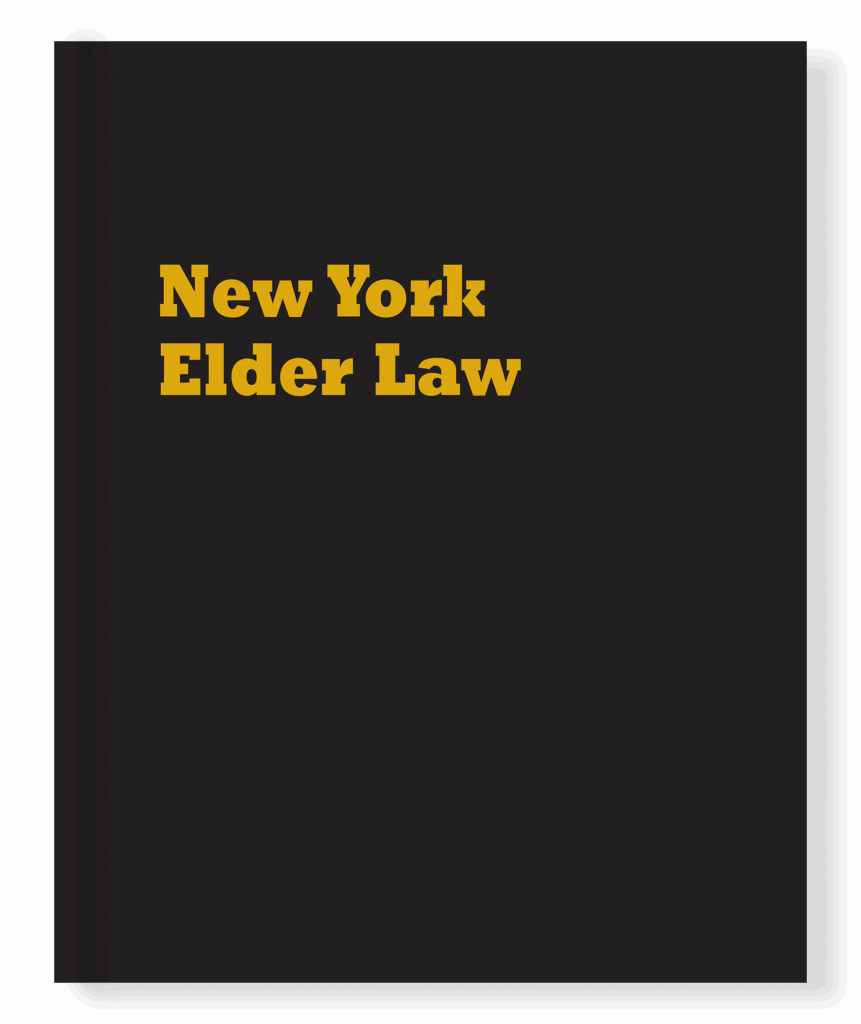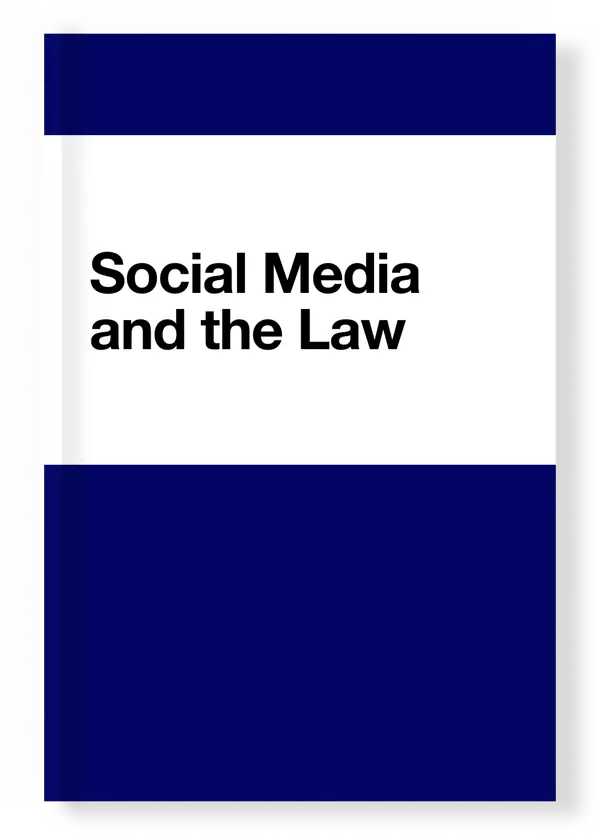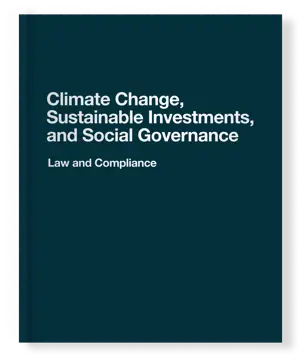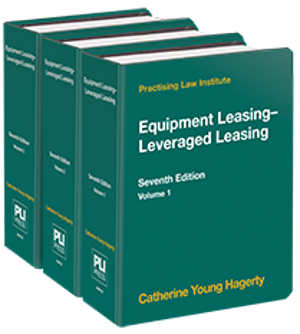
Commercial Ground Leases is a practical guide for creating fair and accurate lease agreements between landlords and tenants. It explains key topics such as lease terms, property use, and occupancy rights. This seventh release of Commercial Ground Leases is updated with the latest developments in the law and practice of ground leases.
Highlights of Release #7 include:
- Chapter 1, The Truth About Ground Leases, includes new material on duty of care and duty of loyalty (Section 1:3.5).
- Chapter 4, Reappraisal of Ground Rents, includes a new case study on “highest and best use” and financial feasibility, in which the Seattle Public Schools leased the site of a former school for a shopping mall (Section 4:1.3).
- Chapter 9, Bankruptcy, includes new material on letters of credit (LOCs) (Section 9:3.2[B]).
- Chapter 19, Default and Redemption, Section 19:1 has been renamed “Default: A User’s Guide,” and has been expanded to cover the practical aspects of default from the perspective of a leasehold lender, a landlord, and a tenant.
- Chapter 24, Arbitration and Mediation, includes new material on MAI appraisers (Section 24:3).
- The Table of Authorities and the Index have been updated.
Order a print copy today.
PLI PLUS subscribers can access this title through their subscription.








